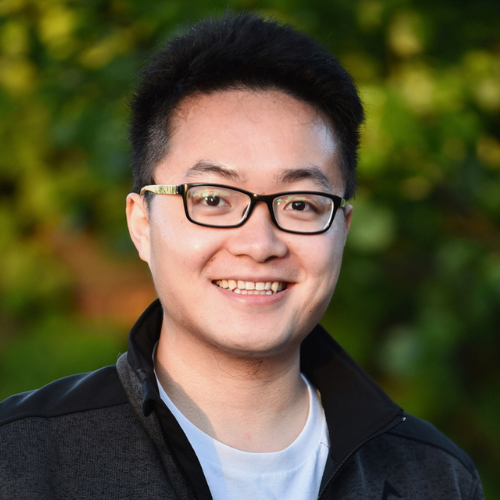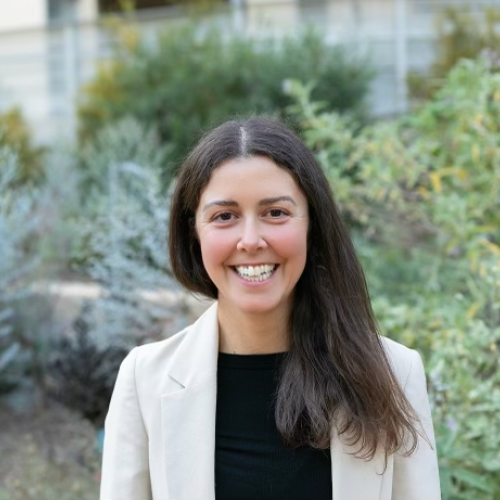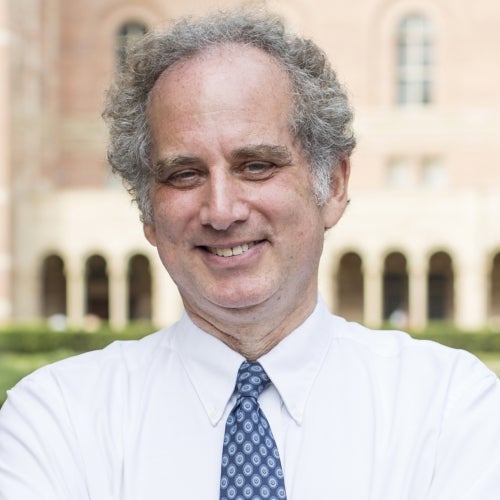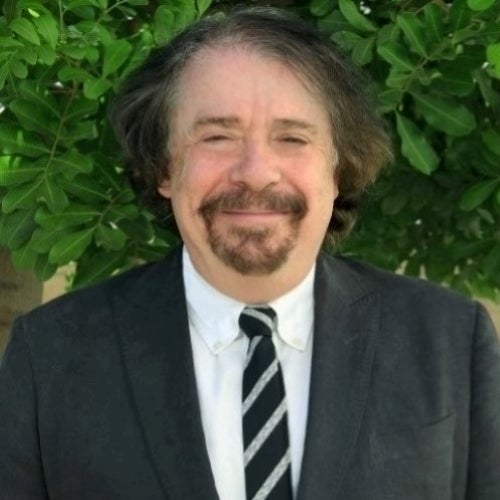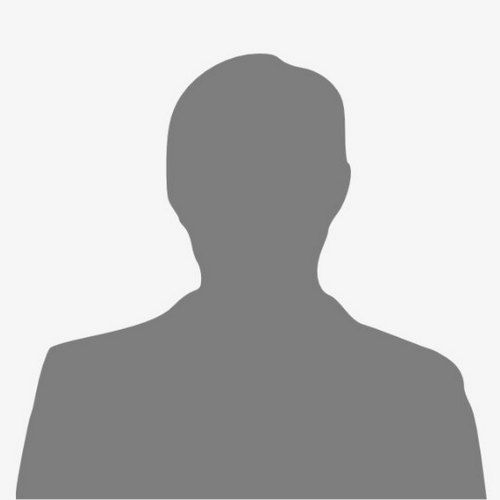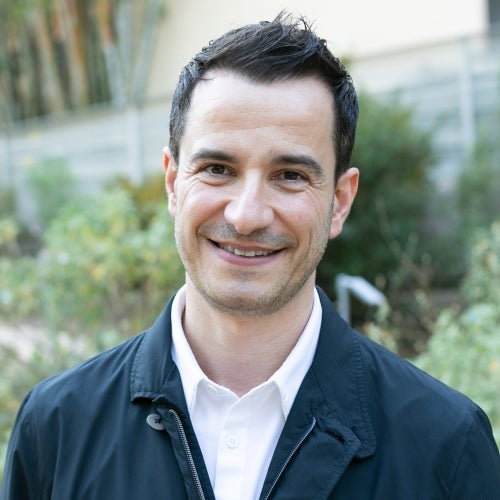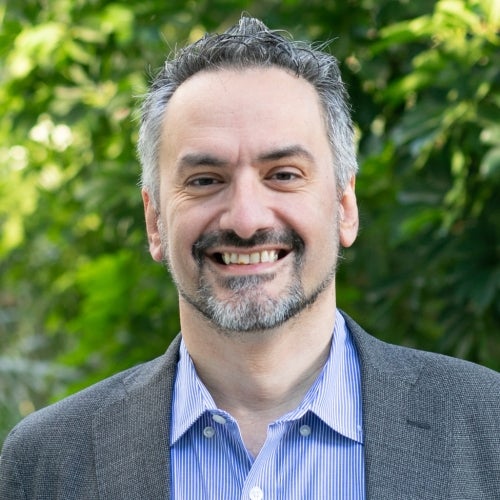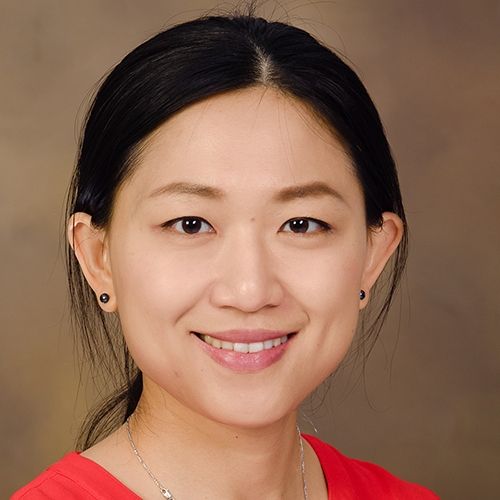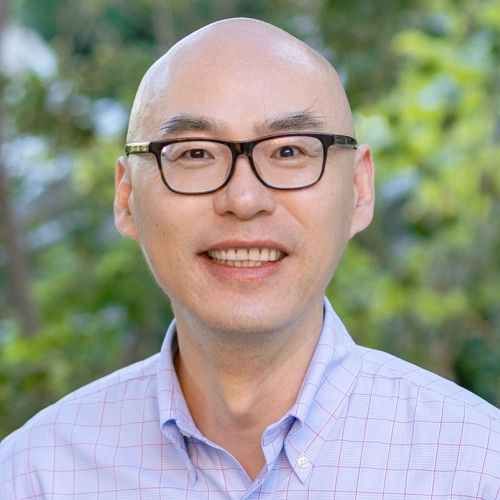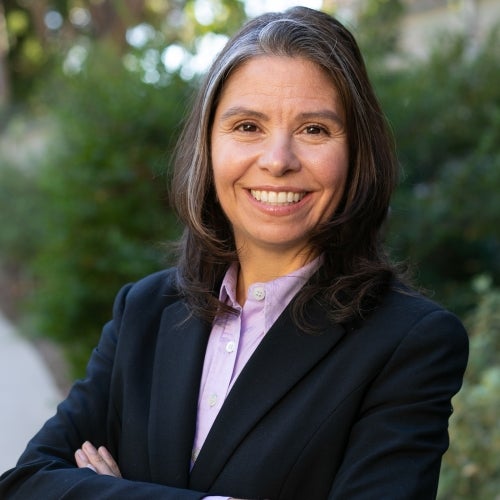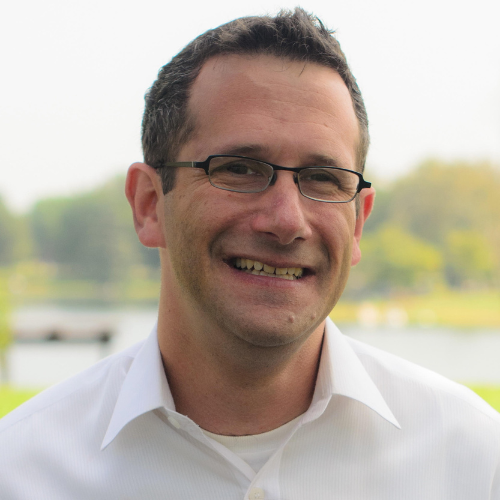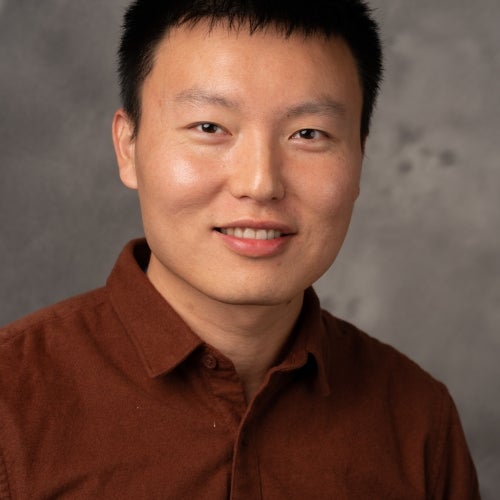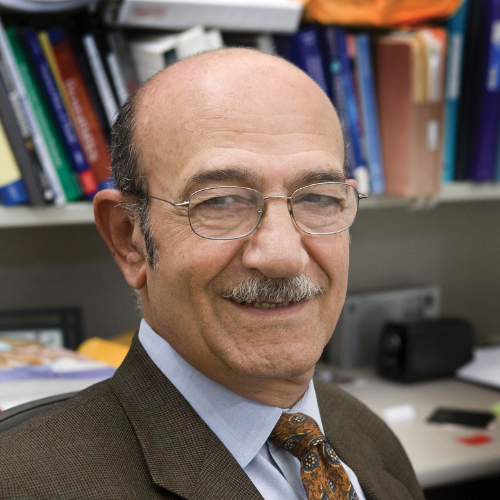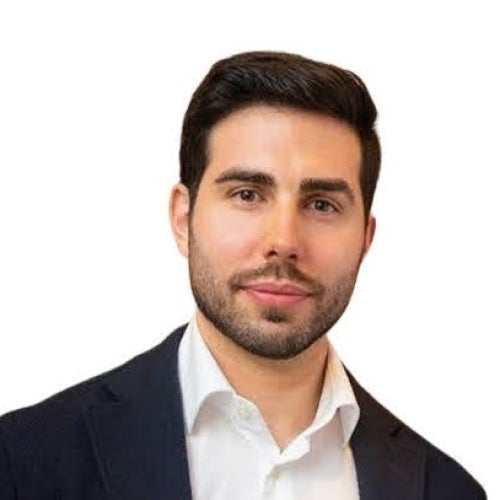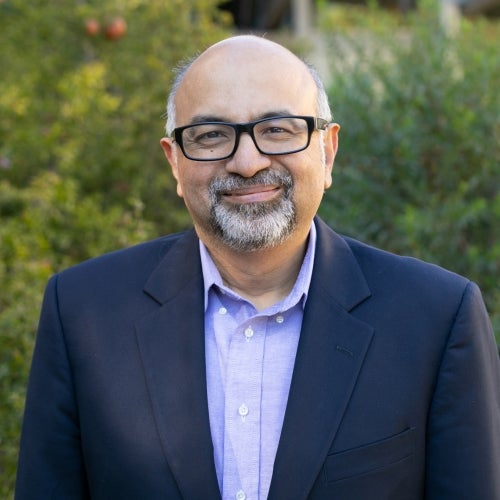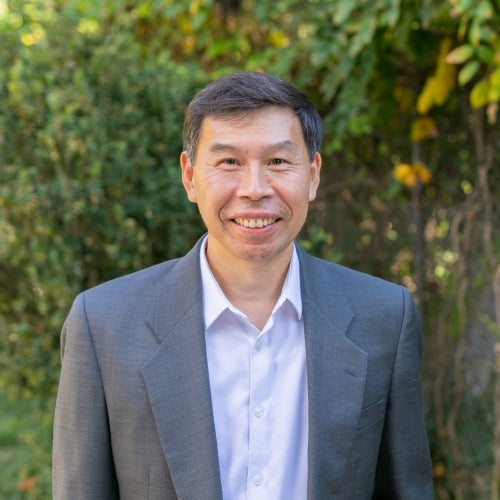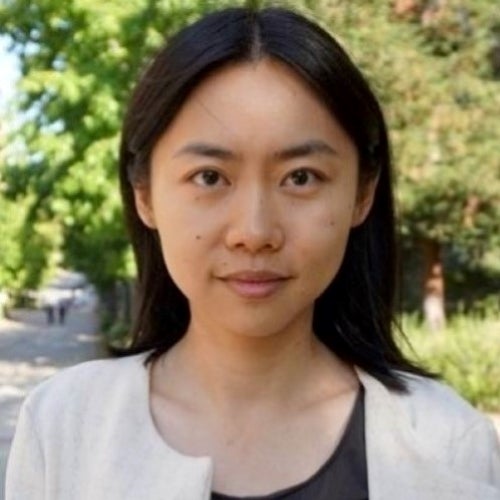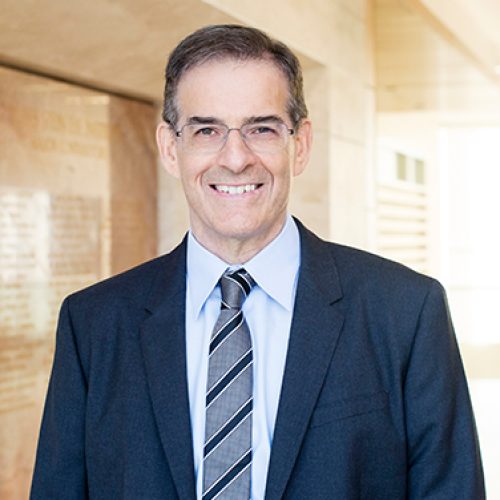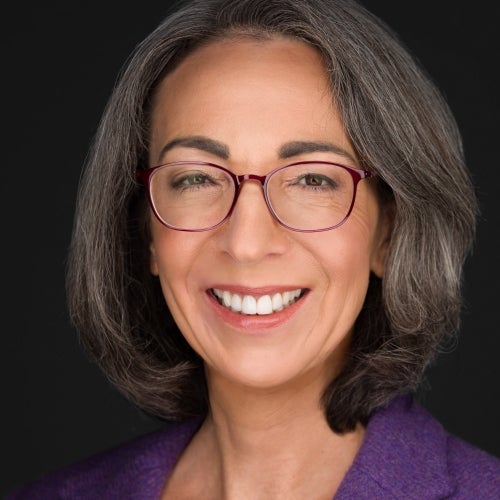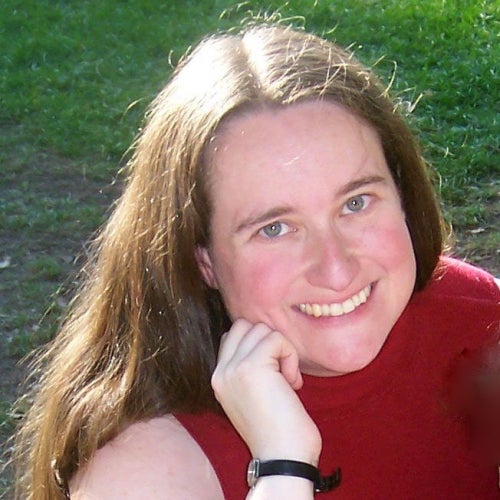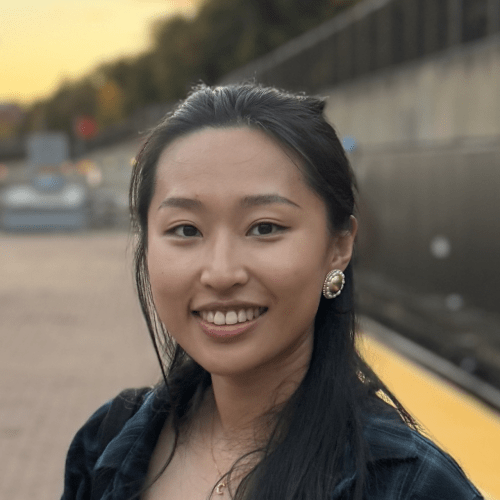Finding sexual partners via smartphone apps carries higher STI risk than online dating sites or clubs
Co-author and FSPH professor of biostatistics Robert Weiss notes a higher risk of gonorrhea and chlamydia for men who have sex with men.
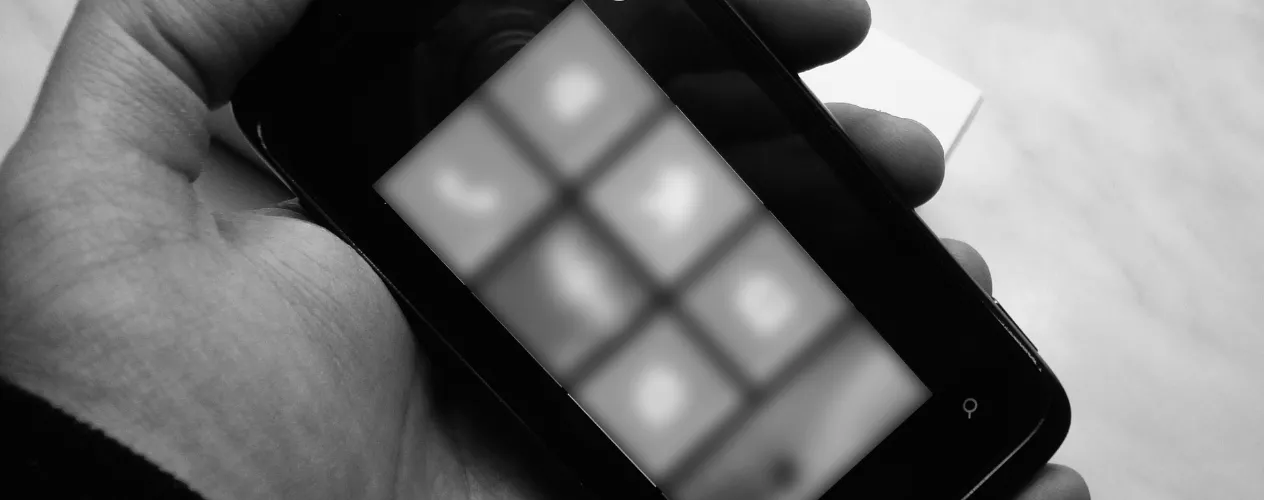
Gay men who use phone dating apps to find a sexual partner carry a higher risk of getting common sexually transmitted infections than meeting online or in bars and clubs, suggests research published online in the journal Sexually Transmitted Infections.
Previous research has suggested that gay and bi-curious men who meet online are more likely to indulge in unprotected sex and to have more partners than men meeting potential partners in other ways.
But since 2009 smartphone apps, such as Grindr, Scruff, and Recon have become an increasingly popular way to hook up with potential sexual partners. They allow registered users to use their smartphone’s GPS (global positioning system) to locate and network with other users in the vicinity.
One of the first such apps accumulated 2.5 million new users in 2012, and in 2013 reported six million users in 192 countries.
Given those expanding numbers, the researchers wanted to find out if such use had altered behaviors and infection risk, so they collected data on HIV negative gay and bi-curious men attending a dedicated sexual health center in Los Angeles, California, between 2011 and 2013.
In all, 7184 men were tested for sexually transmitted infections, and they provided information about their drug use and social networking methods to find potential sexual partners.
A third (34 percent) met sexual partners in person only; a slightly smaller proportion (30 percent) used a combination of person to person or online dating; and a slightly larger proportion (36 percent) used only smartphone apps or these plus other methods.
Smartphone apps tended to be favored by younger men (under 40), well educated men, and men of white or Asian ethnic backgrounds. App users were also more likely to use recreational drugs, including cocaine and ecstasy.
The analysis showed that men who had used smartphone apps to hook up with other men for sex were more likely to have common sexually transmitted infections than those who met their partners online or in clubs and bars.
They were 25 percent more likely to be infected with gonorrhea and 37 percent more likely to be infected with chlamydia, although method of approach made no difference to the likelihood of infection with either HIV or syphilis.
The researchers suggest that smartphone apps make it easier to meet potential partners more quickly than online or more traditional methods, thereby boosting the chances of anonymous riskier encounters, and therefore of picking up a sexually transmitted infection.
“Instant gratification has its downside. Men should reach for their condoms even as they reach for their cell phone app to find nearby male sex partners,” said Robert Weiss, a professor in the department of biostatistics at the UCLA Fielding School of Public Health. “Using cell phone apps to find sex partners leaves men at heightened risk for acquiring sexually transmitted infections.
“Technological advances which improve the efficiency of meeting anonymous sexual partners may have the unintended effect of creating networks of individuals where users may be more likely to have sexually transmissible infections than other, relatively less efficient social networking methods.
“Technology is redefining sex on demand,” they say. “Prevention programs must learn how to effectively exploit the same technology, and keep pace with changing contemporary risk factors for [sexually transmitted infections] and HIV transmission.”
Click here for a public link to the study
Funding for the study was provided by the National Institutes of Health (P30MH58107; 5P30AI028697) and the UCLA AIDS Institute. Please see study for other authors and their affiliations.
The UCLA Fielding School of Public Health, founded in 1961, is dedicated to enhancing the public's health by conducting innovative research, training future leaders and health professionals from diverse backgrounds, translating research into policy and practice, and serving our local communities and the communities of the nation and the world. The school has 650 students from more than 35 nations engaged in carrying out the vision of building healthy futures in greater Los Angeles, California, the nation and the world.
Faculty Referenced by this Article
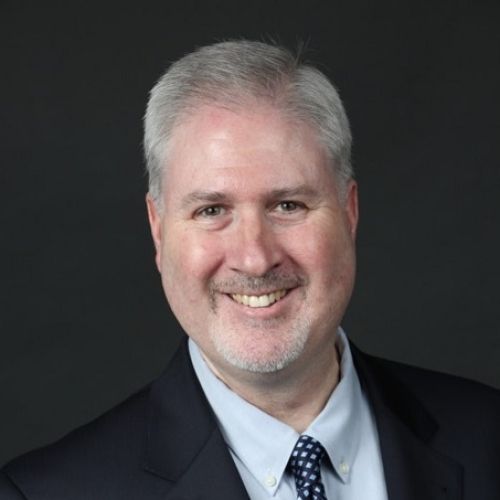
Automated and accessible artificial intelligence methods and software for biomedical data science.

